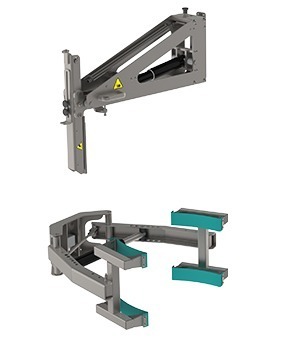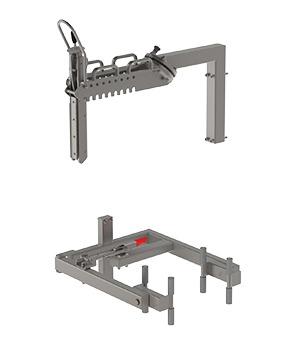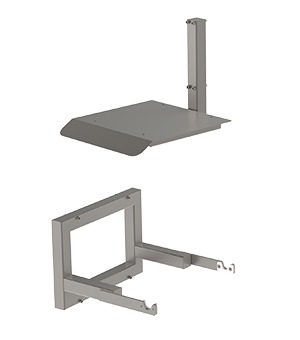Tools for Lifters

Our Selection of Material Handling Equipment: Tools for Lifters
To help lift and manipulate loads, we have a large selection of handling equipment, also called lifting tools, that fit on our lifters. Since the lifting tool is also the end effector that interfaces with the load, it is crucial that it is designed correctly.
In addition, it is also important that the lifting tool and lifter work perfectly together. Since we design both together, you as a customer are always sure to get a perfect match. Using the same principles as for our lifters, the lifting tools are strong and reliable. Built for industrial use and with a large degree of modularity, these lifting tools are often customized and will fit almost any load.
When a lifting tool needs to do more than just lift a load up and down, it becomes a manipulator. This is the case for tools such as our roll manipulator or rotation unit. These manipulators are manually or electrically powered, depending on the use and the load.
Some lifting tools simply need to lift a load up and down, such a fork or a platform. These we designate as non-manipulators.
Electrical Manipulators
Manual Manipulators
Non-Manipulators
Go to our Products page to find out how our products may help you in your line of industry and your work situation.
Go to our Homepage.




